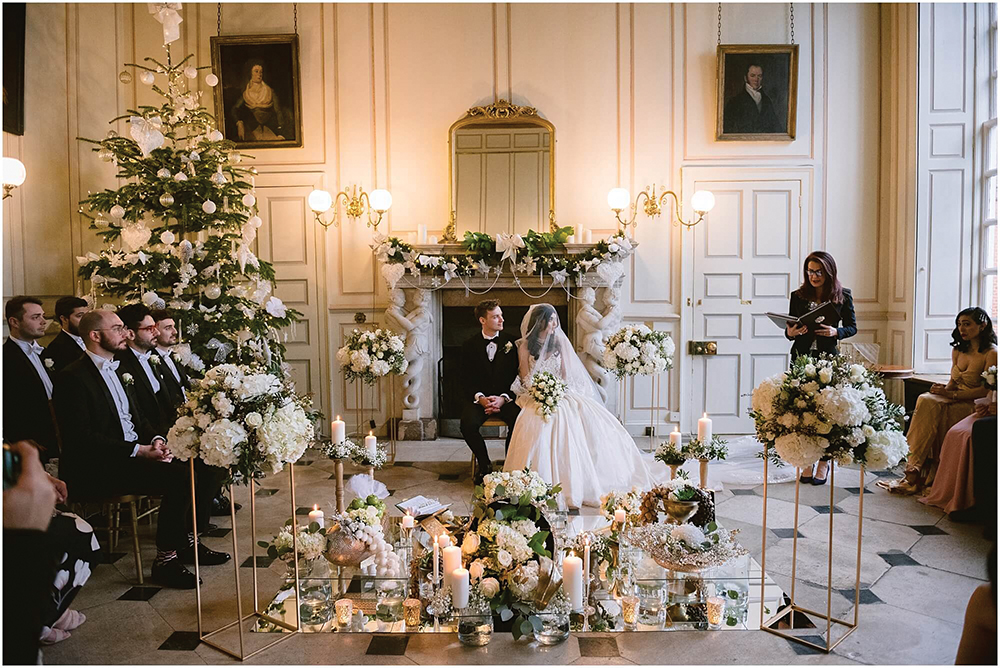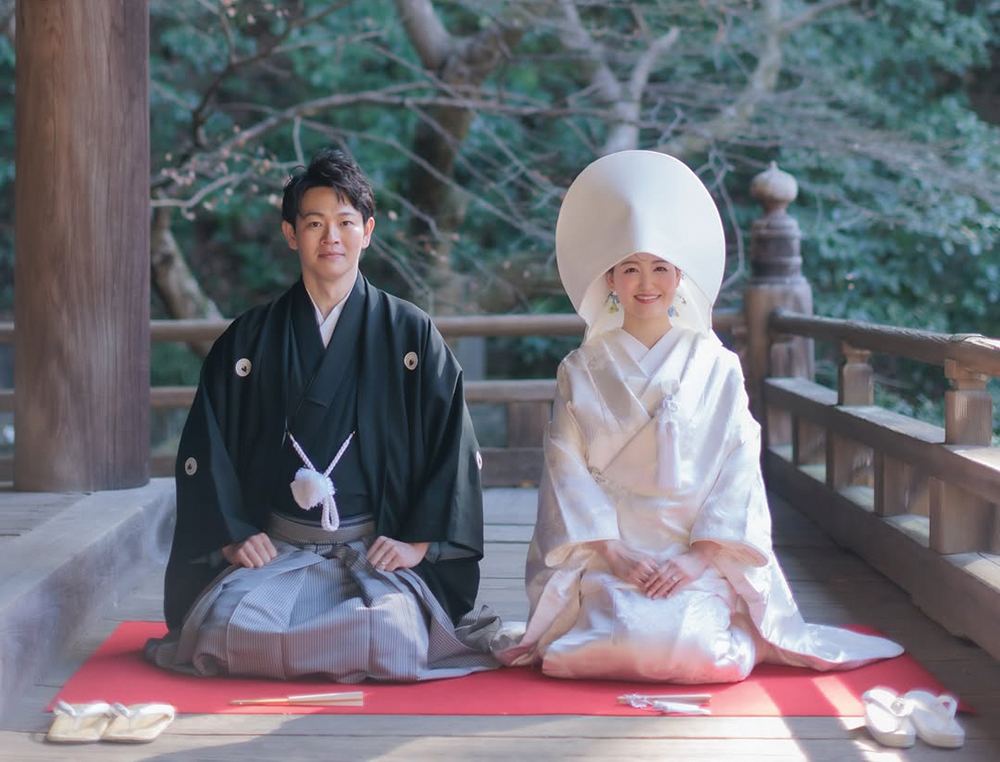Few traditions showcase the diversity and heritage of various cultures quite as beautifully as weddings. Verve takes a look at some classic and more unusual ceremonies and traditions from around the globe.
INDIA
Henna-stained palms are a symbol of brides in many cultures but is probably most associated with India. Used since antiquity, the iconic red-orange pigment temporarily stains skin, hair, and nails, having been mixed with ingredients like tea and lemon. Mehandi is a cherished pre-wedding bridal ritual that sees the intricate application of henna allowing the bride a chance to pause and reflect amid the chaos of the day.
MEXICO
Mexican weddings often feature the money dance which involves guests pinning money to the bride’s and groom’s outfits to help them cover their expenses. Another important Mexican wedding tradition is el lazo, which is a lasso – usually made of rope or beads – that’s draped around the couple’s shoulders in a figure of eight as they take their vows. The infinity shape is considered a symbol of their lifelong union and commitment.
IRAN
In a Persian wedding, the couple sits before a beautifully arranged table called the Sofreh Aghd, which is filled with symbolic items representing their journey together. Central to the display is a mirror, symbolising light and purity and so when the bride removes her veil, her reflection is the first image the groom sees. Two candelabras placed beside the mirror represent clarity and energy. A traditional Persian embroidered cloth, often passed down through generations, honours family heritage, while further items such as nuts and eggs for fertility, and coins for prosperity, represent a happy, hopeful future.

GREECE
Taking the groomsman title quite literally, in a traditional Greek wedding, the koumbaro – or best man – is tasked with carrying out a wet shave for the groom on the morning of the big day. Then, shortly before the bride leaves for the church, the groomsmen may visit to help her put her shoes on. The bride pretends they are too big, and the men fill her shoes with money and wish her a happy married life. Another bridal shoe tradition sees the bride write her friends’ names on the soles of her shoes, and any lucky girls whose names have rubbed off by the end of the day are supposed to be the next ones to get hitched!
GREECE
Taking the groomsman title quite literally, in a traditional Greek wedding, the koumbaro – or best man – is tasked with carrying out a wet shave for the groom on the morning of the big day. Then, shortly before the bride leaves for the church, the groomsmen may visit to help her put her shoes on. The bride pretends they are too big, and the men fill her shoes with money and wish her a happy married life. Another bridal shoe tradition sees the bride write her friends’ names on the soles of her shoes, and any lucky girls whose names have rubbed off by the end of the day are supposed to be the next ones to get hitched!
JAPAN
The San-san-kudo ritual – meaning three-three-nine – is significant in traditional Japanese weddings and involves the bride and groom taking sips from three sake cups – representing the union of their families, their bond as a couple, and their individual lives. The number nine is considered lucky in Japanese culture. On her wedding day, a Shinto bride wears white from head to toe, including makeup, a kimono, and a special hood called a tsunokakushi. White embodies her maiden status, while the hood is said to conceal the ‘horns of jealousy’ she may feel toward her mother-in-law!







